A renewable-hydrogen ecosystem is forming around a remarkable innovation pioneered by researchers at the University of Newcastle that plucks pure water from the atmosphere: the Newcastle team is using that water to produce low-cost green hydrogen, the hydrogen is in turn fuelling a green methane project, and is also forming part of a hydrogen-fuel-cell vehicle demonstration. Plus the expertise developed at the University’s Newcastle Institute for Energy and Resources (NIER) will feed into the future hydrogen workforce via leadership roles in the $4.9 million Australian Research Council Training Centre for the Global Hydrogen Economy, based at the University of New South Wales.
“This work helps Australia move closer to achieving the vision set out under the National Hydrogen Strategy,” said Professor Janet Nelson, Deputy Vice-Chancellor Research and Innovation at the University of Newcastle last week.
Chemical Engineer, Professor Behdad Moghtaderi, says his team’s Hydro Harvester offers two principle advantages over using other water sources to produce hydrogen.
“By harvesting water from the air, we aren’t placing added pressure on potable water supplies, which in climates like ours is a long-term consideration for viability,” he said.
In addition, the water produced by the Hydro Harvester is so pure it can be directly fed into the solar-powered electrolyser, whereas sea water, wastewater, and even tap water require pretreatment for use in electrolysis. “By removing the need for treatment, we can dramatically reduce hydrogen production cost,” says Moghtaderi.
Renewable methane coming down the pipeline
The professor’s team is working with Southern Green Gas and APA Group, to deploy its renewable hydrogen in an Australian Renewable Energy Agency-funded power-to-gas demonstration plant near Roma in Queensland, which aims to convert some 620 kilograms of hydrogen per year into 74 gigajoules of green methane that can then be injected into existing gas infrastructure and piped to households and industrial users.
The CO2 needed to convert hydrogen to methane will also be sourced from the air, and returned to the atmosphere when the fuel is burned, creating a carbon-neutral process. In this way, said ARENA CEO Darren Miller, the gas network “is expected to play a key role in supporting the decarbonisation of Australia’s energy system”.
“This unique project,” said APA Group CEO and Managing Director Rob Wheals when the demonstration plant was announced in early May, “is the first step in testing whether it is possible on an industrial scale to create methane using solar-generated electricity, water and CO2 from the atmosphere.”
Moghtaderi adds that it makes sense to use existing energy infrastructure to transport hydrogen in the form of methane and reduce carbon emissions from fuel. “In our country, we have thousands of kilometres of natural gas pipelines, almost $23 billion of assets,” he says.
By the end of 2020, the NIER group also expects to be testing its green hydrogen in fuel cells used to power the vehicles of an international car manufacturer, with demonstration trials beginning at one of the marque’s Sydney dealerships.
Developing future skills for the global hydrogen economy
An important step in the development of hydrogen capabilities is the sharing of innovations, knowledge gained from diverse projects and depth of expertise amassed in geographically distant centres of excellence.
In July the Australian Research Council (ARC) awarded the University of New South Wales, $4.9 million over five years to engage Australia’s best researchers in the field of hydrogen technologies, to join the ARC Training Centre for The Global Hydrogen Economy.
Professor Moghtaderi and his research collaborator Associate Professor Elham Doroodchi will assume leadership roles in the Training Centre which is set to equip a workforce of industry-focused engineers with advanced skills for development and scaling up of hydrogen generation and transport.
“Our team will lead research activities to support capacity building in hydrogen safety and novel hydrogen production methods,” said Moghtaderi.
This content is protected by copyright and may not be reused. If you want to cooperate with us and would like to reuse some of our content, please contact: editors@pv-magazine.com.
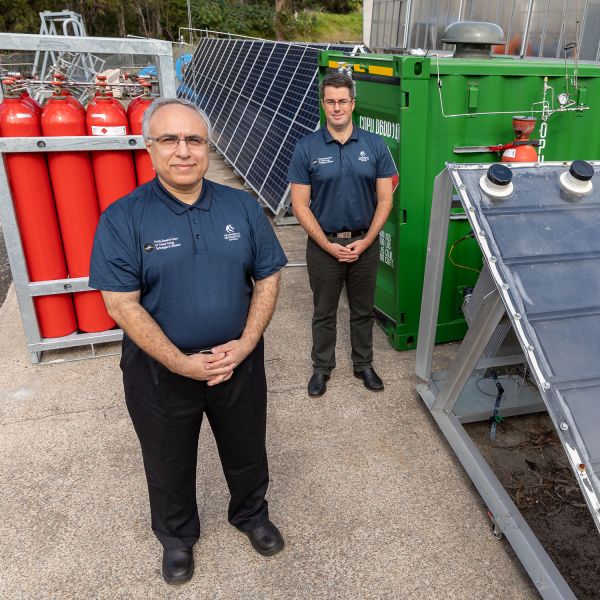
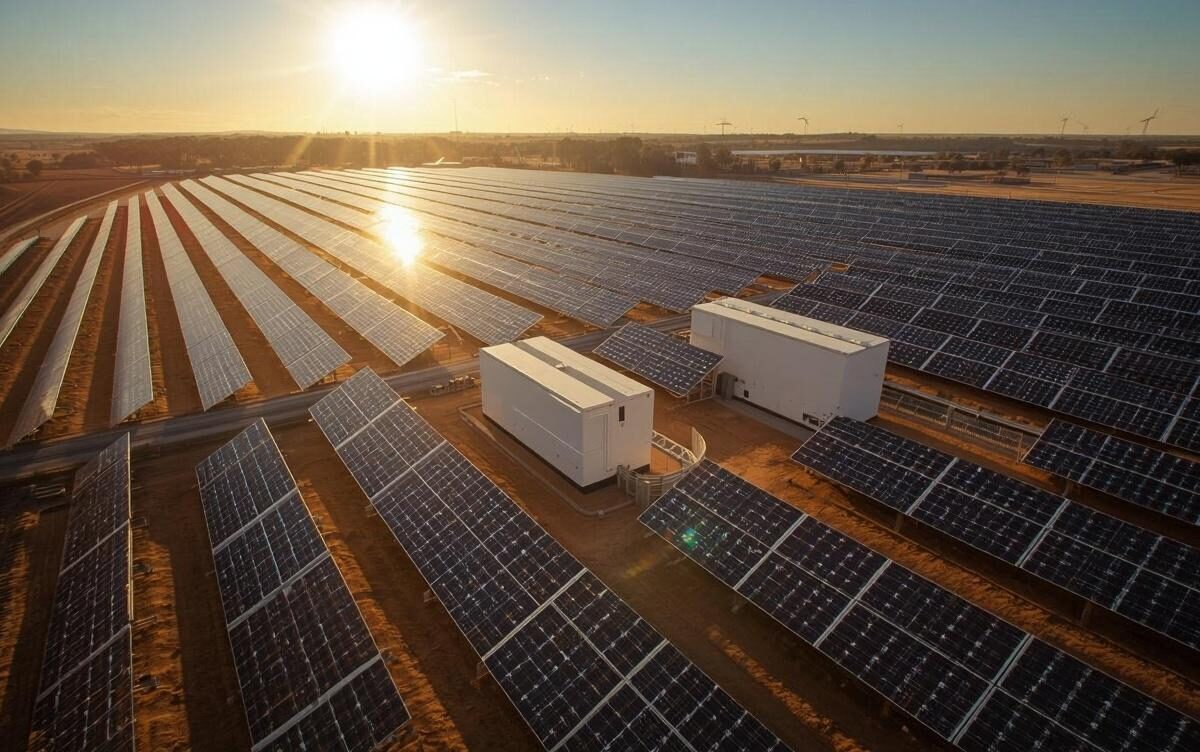


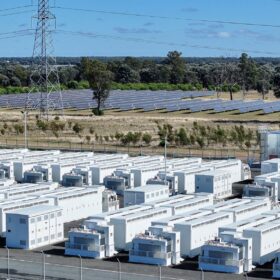

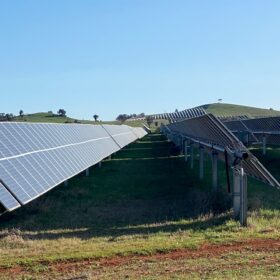
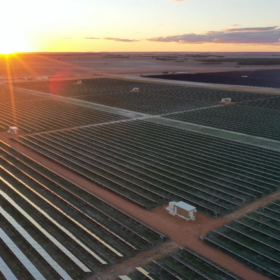
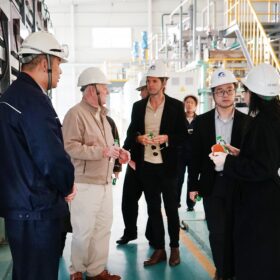
How does it make sense to capture the very small amount of water and carbon dioxide in the atmosphere when concentrated amounts are readily available? Why convert electricity to methane? Electric heat pumps (AC unit) can deliver up to 4 times the heat energy of the electrical input. Electrolyzes are only 80% efficient. Hydrogen is a clean fuel. The 80 gigajoules (Gj) of hydrogen will deliver only 74 Gj of methane. Leaking methane is a far more potent green house gas than carbon dioxide.